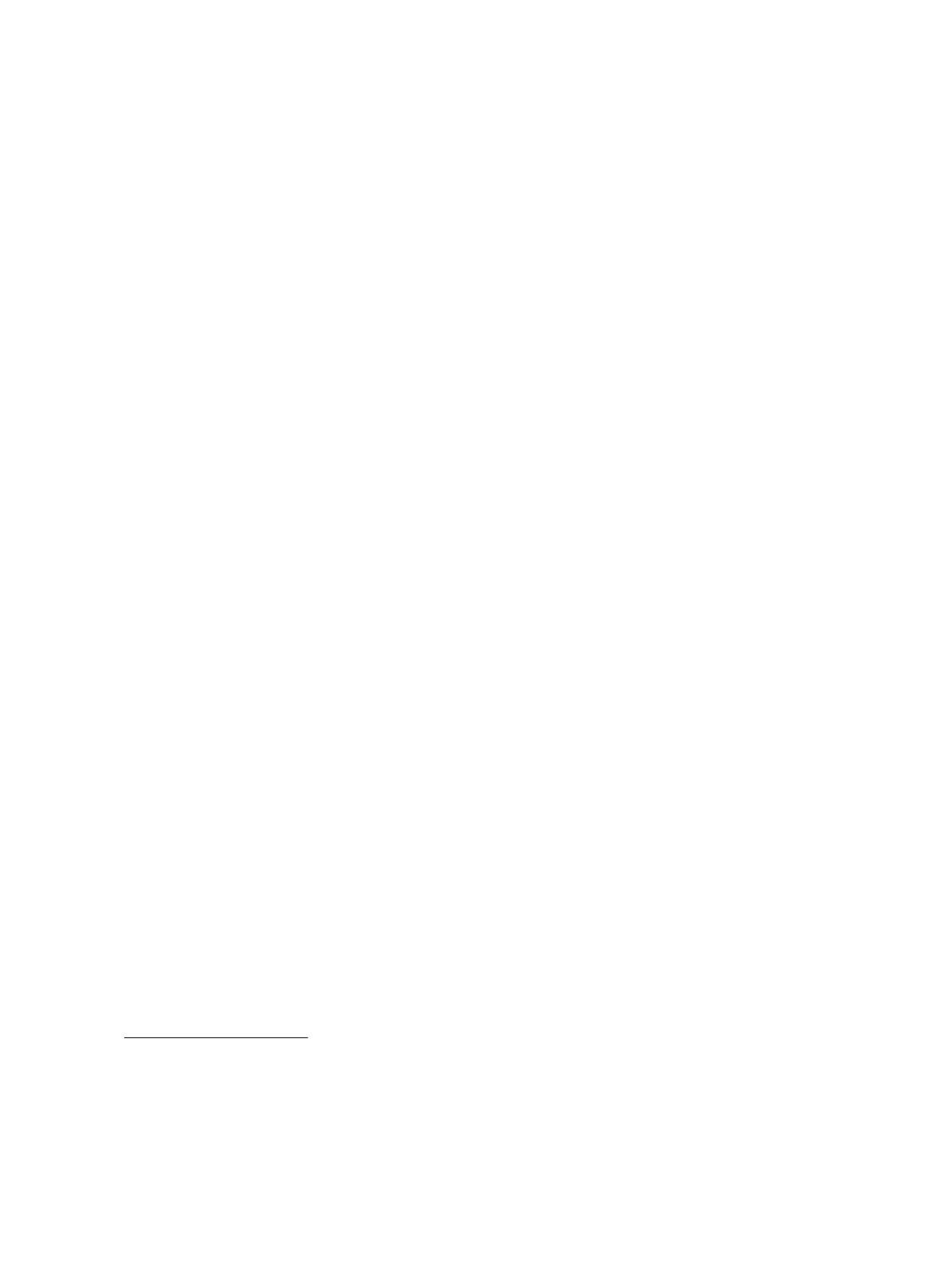

沙賓法
404
條及審計準則第
5
號是否會減少內部控制揭露錯誤?
258
HealthSouth and WorldCom) and have been criticized by the PCAOB (Bell, Doogar, and
Solomon, 2008; Berkowitz and Rampell, 2002; Weil, 2004). The PCAOB has also
documented that after AS5, 15 percent of the 309 audit engagements inspected by the
Board failed to obtain sufficient audit evidence to support their ICFR-audit opinions
(PCAOB, 2012). Thus, improper application of the risk-based approach may lead to
under-auditing and increases in Type II errors. Whether public ICFR-disclosure errors
have increased or decreased after the implementation of AS5 is an empirical issue, in
addition to being the second research question in this study.
We find that non-restatement companies have become less likely to conclude that
their ICFR is ineffective since the adoption of AS5. The reduction in Type I errors shows
that AS5 can improve the efficiency of ICFR audits. However, restatement companies
have been more likely to conclude that their ICFR is effective after the adoption of AS5,
which suggests that even though the more flexible and less prescriptive auditing standard
can enhance the efficiency of ICFR audits, it inadvertently lowers the public ICFR-
disclosure quality measured as Type II errors. The results echo the concerns raised by
investors and regulators about AS5.
2
Our results also shed light on the PCAOB public
report of the 2010 inspection program, which identified several significant deficiencies in
audits of internal controls under AS5 (PCAOB, 2012).
This study contributes to the literature in the following ways. First, it provides
insights into the effect of SOX 404 on ICFR-disclosure quality. Prior studies indicate that
in addition to enhancing overall quality of internal control systems and leading to lasting
improvements in financial reporting quality,
3
SOX 404 also provides reliable information
to bolster investor confidence that all internal control weaknesses are publicly reported
(PCAOB, 2004). To our best knowledge, the closest antecedents to our study are Kinney
and Shepardson (2011), Rice and Weber (2012), Myllymäki (2014), and Acito, Hogan, and
Imdieke (2014), all of which have investigated the effect of SOX 404 on control weakness
disclosures. Using the sample of small, accelerated filers, Kinney and Shepardson (2011)
examined the disclosure rate of material weakness after the enactment of SOX 404 and
2 According to John Morrissey, operating controller at General Electric and a member of the PCAOB’s
Standing Advisory Group, tolerance allowed by AS5 could open the door for laxer audits. Similarly,
Ed Trott, a then member of the Financial Accounting Standards Board, questioned whether AS5 could
achieve better efficiency at the cost of its effectiveness.
3 Schroeder and Shepardson (2016), who use difference in quarterly accruals quality to measure internal
control quality, show that internal control audits improve internal controls.


















